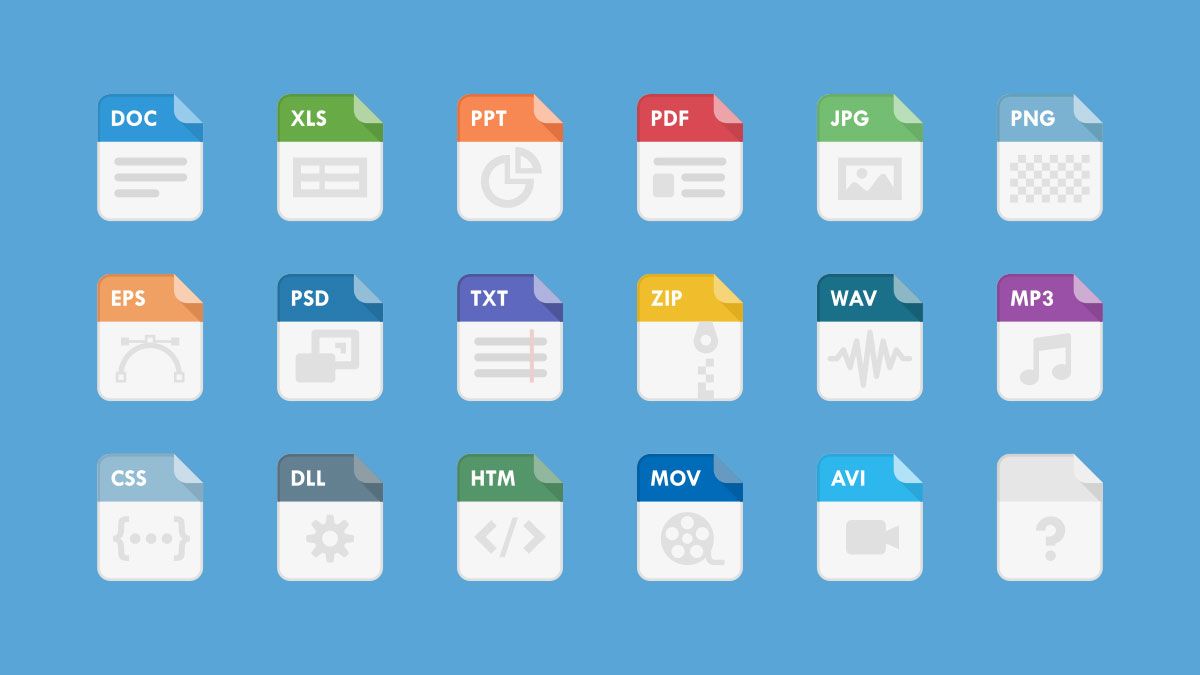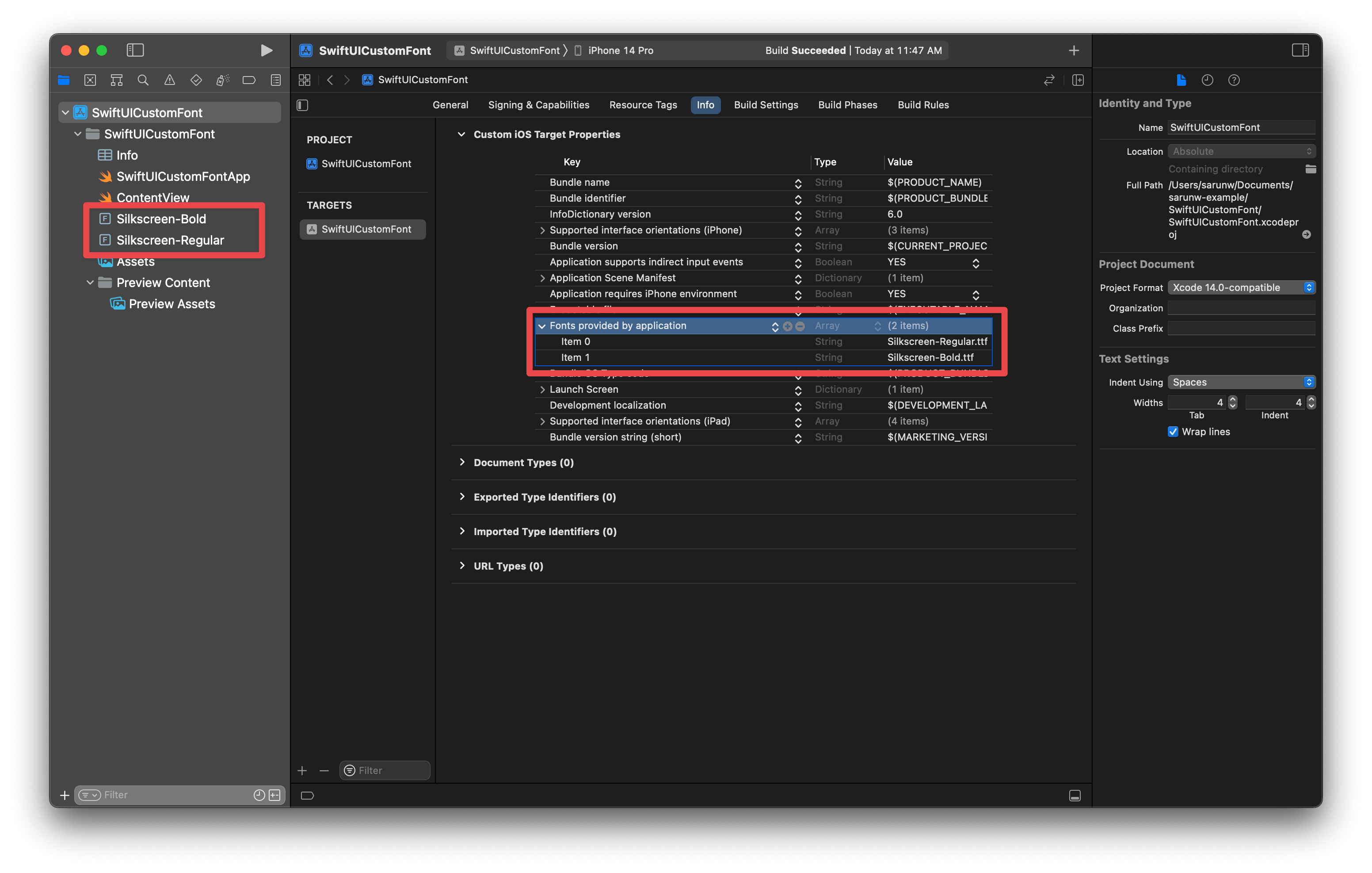Extensions of Excel File – File Formats Supported in Excel - Earn & Excel
Descrição
Each software or tool has its specific file-saving methods, which are compatible with only these tools. Microsoft Excel is one of the widespread tools used by every second person. Until now, Excel has gone through many upgrades and that’s why new extensions are also added to these upgrades. Extensions are different in function as well as usage. Here in this post, you will get to know the extensions of Excel files. Before we get to know about file extensions, let’s understand the notion of File extensions. What is a File Extension? At the end of a file, usually, you see a suffix added that basically shows the file type. The file could have an object, data, or even a command. Mainly two or four characters are used in a file extension. With the dot sign, the extension gets split from the file name. for instance, “Excel.docx” is a file name containing a file extension. “.docx”, is the file extension, and “Excel” is the file name. Why You Need File Extensions With the file extension, you get information about the file type. To open a file, you need to know the file type so that you can have compatible software for it. you also have to manage saved files in directories in the form of macro-enabled files, template files, and much more. What an Excel file extension declares is: Whether the file is a template or not Whether the file is formatted on XML documents or binary Whether the file is saved with the latest version or not Whether the file has macros or VBA Choose the File option given in the menu to see the file extensions in Excel. Now, choose Save As and select the file type dropdown given under the file name box. You will notice that all the file types include a descriptive name that let you understand the file extension. How do You Find File Extensions in Excel? If you are wondering about the file formats’ location you can find them in the save dialog box. Open the Save as type, and you will see all the accessible file formats given in the system. A file extension gives detail to identify the Excel workbook and that is in (*.xlsx) format. Excel File Extensions by Version In the first group of file extensions, you can see in which format the worksheet was saved. Below are some extension types that Excel versions use: Excel 97-2003: *.xls Excel 97-2003 template: *.xlt XML Spreadsheet 2003: *.xml Microsoft Excel 5.0/95 Workbook: *.xls Excel 97-2003 Add-in: *.xlam Excel 4.0: *.xlw Microsoft Works: *.xlr *.xls file extension is used by default for all versions of Excel before Excel 2007. And after the 2007 version, the default extension is *.xlsx. The Best Excel File Formats In this section, you will find the top Excel file formats used in Excel. XLSX Extension By default, the Excel file gets saved in “XLSX” format, which is a replacement for the former extension XLS. When you tend to save a file and choose the Save As an option, you will not have to add the extension type because Excel itself knows this extension. For non-macro files, this is the most used Excel file extension. XLSM Extension When you are working with a VBA Macro file, XLSM is used automatically without your instructions. You have to modify the Excel extension when working with macro files. The default extension type used for the macro workbook is XLSM. Macro code does not support the XLSX file that’s why you have to save the workbook as a macro-enabled file. Choose the Excel Macro-Enabled Workbook when you are saving it. XLSB Extension Sometimes larger data files in Excel get slowed down and in case Excel uses XLSX or XLSM formats, the workbook eventually functions slowly. “XLSB” file format in Excel means Excel Binary Workbook and when the workbook is saved as binary, it can minimize the workbook weight. Therefore, you must choose the binary workbook option to save the file. Things to Consider Extension of Excel file needs you to work patiently and carefully. The “XLSM” extension type is used for macros. Using the Excel Binary Workbook, you can reduce the file size by up to 50%. The file extension “CSV” is not an Excel workbook. It is used just for data storage and you cannot work on it. It also reduces the file size.

Microsoft Excel - Wikipedia

How We Can See File Extension in Excel Windows

How to Add Macro Code to Excel Workbook
:max_bytes(150000):strip_icc()/xlsm-files-cc412755942d491ab4fc3ac9b5421eee.png)
What Is an XLSM File?
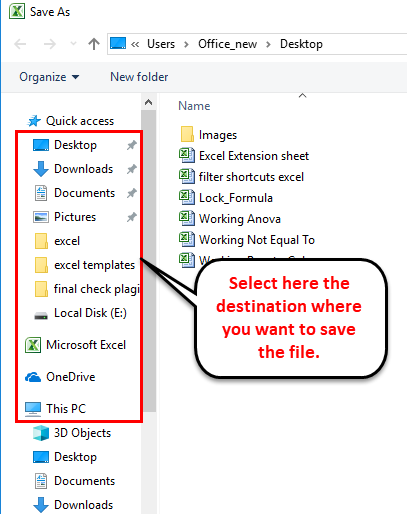
Extensions of Excel Types of File Formats ( XLS, XLSX, XLSM, XLSB )

Your Guide to Excel File Extensions
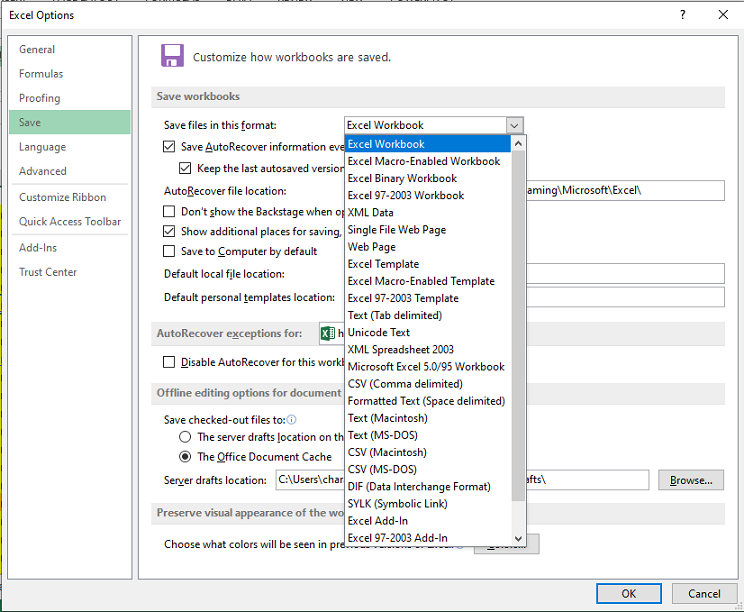
Solved] Excel Cannot Open the File Because the Extension Is Not Valid

File Formats in MS Excel - GeeksforGeeks
:max_bytes(150000):strip_icc()/SaveAs-5bf5d5f746e0fb002600e0a2.jpg)
Excel File Extensions: XLSX, XLSM, XLS, XLTX, and XLTM
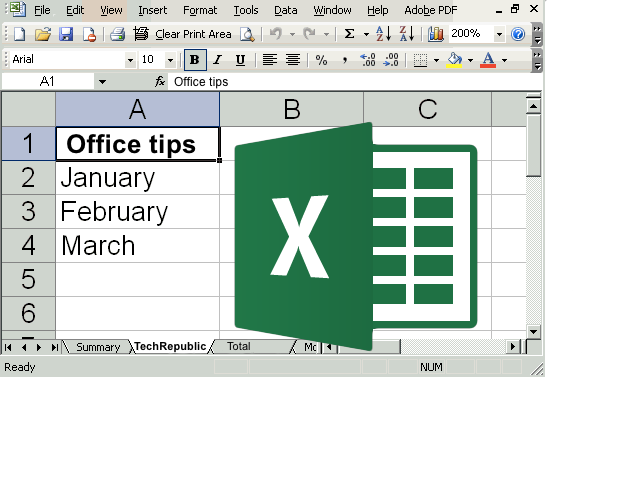
Make summarizing and reporting easy with Excel PivotTables

Save an Excel workbook for compatibility with earlier versions of Excel - Microsoft Support
de
por adulto (o preço varia de acordo com o tamanho do grupo)
